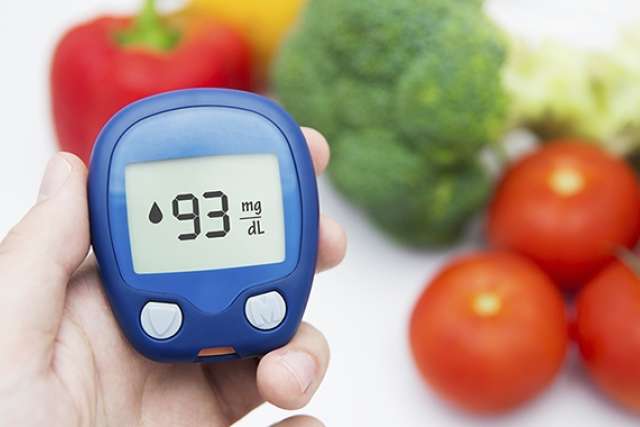Dear Doctors: My wife and I have been seeing stories on the news about something called prediabetes metabolism. Apparently, some people have it but aren't aware of it. We have never heard of this term before. What does it mean? Is there a test for prediabetes metabolism?
Type 2 diabetes at epidemic levels in the United States, the concept of prediabetes metabolism points to a potentially useful diagnostic direction.
For those who are not familiar, diabetes is the inability of the body to maintain blood sugar at a safe level. When left untreated, chronically elevated blood sugar can lead to serious health problems. These include heart disease, stroke, kidney disease, nerve impairment and vision loss.
Diabetes falls into three main categories: Type 1, Type 2 and gestational. In Type 1 diabetes, the body has stopped making insulin, the hormone that plays a primary role in control of blood sugar. This form of diabetes requires insulin injections to manage blood sugar levels and maintain good health. In Type 2 diabetes, the body makes insulin but is unable to use it effectively. When poor blood sugar control arises during pregnancy, it is known as gestational diabetes. This typically ends when the baby is born. However, it leaves the mother at higher risk of developing Type 2 diabetes in the future.
The Centers for Disease Control and Prevention estimates that 37 million people in the U.S. are living with diabetes. Type 2 diabetes accounts for up to 95% of those cases. An additional 96 million people have prediabetes. That's one-third of all adults. Prediabetes means blood sugar levels are higher than normal, but are not quite high enough -- yet -- to qualify as Type 2 diabetes.
And that brings us to the concept of prediabetic metabolism and the new study you mention. The researchers monitored blood sugar levels in 384 adults who wore continuous blood glucose monitors for two weeks. The researchers analyzed the data using a mathematical model they developed. Their new approach identified subtle patterns consistent with an increased risk of prediabetes. One-fifth of the study participants, who under traditional analytic methods rated as healthy, were found to be at risk of prediabetes.
The methods used in the study are not available as diagnostic tools. However, they do underline the importance of good blood sugar control. That begins with a healthful diet low in added sugars and processed foods and includes maintaining a healthy weight and getting regular exercise. Adults 45 years of age and older should begin A1C testing. That measures blood sugar levels for the previous three months.
Prediabetes and Type 2 diabetes are largely preventable. With good habits and a bit of vigilance, you can greatly reduce your risk.
(Send your questions to [email protected], or write: Ask the Doctors, c/o UCLA Health Sciences Media Relations, 10960 Wilshire Blvd., Suite 1955, Los Angeles, CA, 90024. Owing to the volume of mail, personal replies cannot be provided.)





